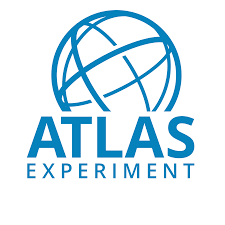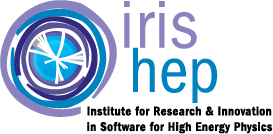
Home Institution: University of Wisconsin–Madison
Alexander Held
Postdoctoral Researcher and Analysis Grand Challenge Co-coordinatorMy research:
Higgs physics in ATLAS, statistical analysis (including tooling), end-to-end physics analysis at scale for the High Luminosity LHC (via the Analysis Grand Challenge project)
My expertise is:
Higgs physics, statistical analysis, HEP analysis with Python, Scikit-HEP stack
A problem I’m grappling with:
finding patterns for handling systematic uncertainties in end-user analysis code that are highly readable yet computationally efficient.
I’ve got my eyes on:
creating more public resources that show good patterns for end-user analysis workflows and go beyond minimal examples.
I want to know more about:
the potential sensitivity gains obtained from automatic analysis optimization via gradient descent.


